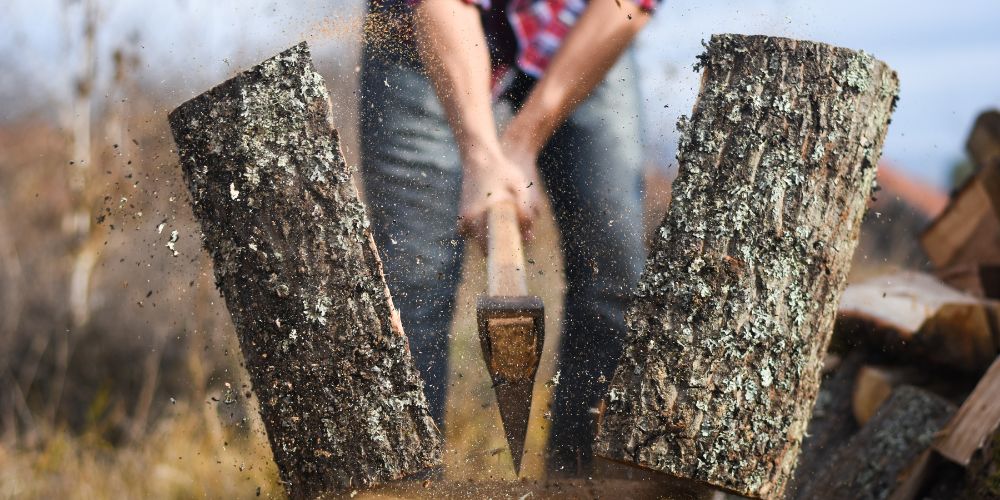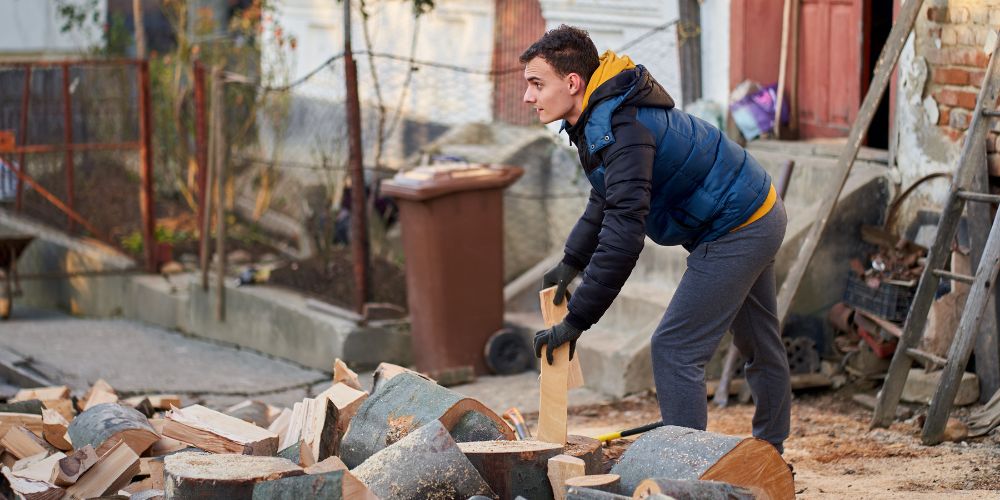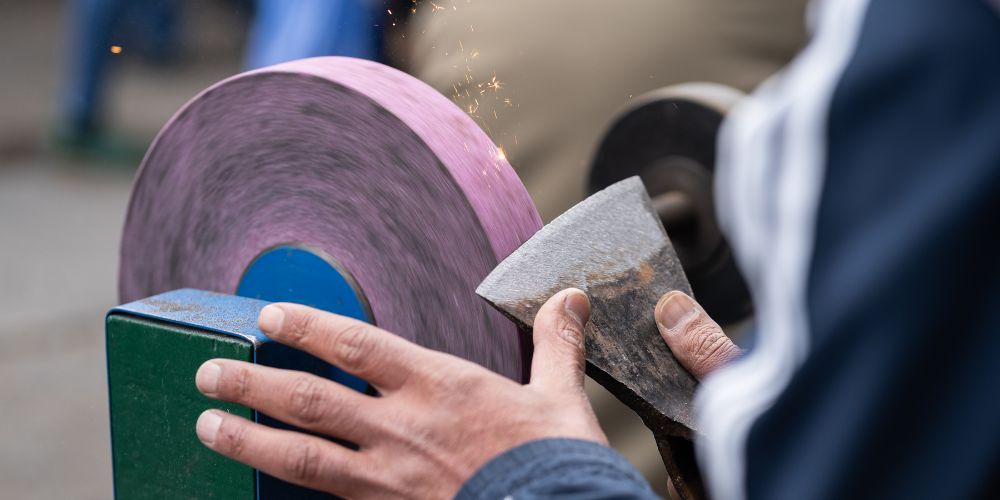Overview
Regular sharpening is necessary to keep your chopping axe in excellent shape. It’s crucial to utilize the proper equipment and methods when sharpening your axe.
This will guarantee that the blade is sufficiently sharp to safely and neatly cut through wood. The angle of the edge, the kind of stone or file used, and the amount of pressure utilized during sharpening are all things to take into account.
How to Sharpen a Chopping Axe
Anyone who uses an axe frequently needs to know how to properly sharpen one. A dull axe can be unsafe to wield since it can easily slip or bounce off wood in addition to being less effective at cutting through wood. When honing a chopping axe, keep the following things in mind:
Choosing the right tools
You’ll need a file or sharpening stone to sharpen an axe. The kind of axe you have will determine the kind of stone or file you use. A coarse-grit stone or file is suggested for a chopping axe. To complete the sharpening process, you might also require an honing stone or leather strop.
Maintaining the proper angle of the edge
Your axe’s edge angle will determine how effective it is. The optimal angle for a chopping axe is between 25 and 35 degrees. This angle must be held during the sharpening procedure. Using a sharpening guide, which will hold the file or stone at the proper angle, is one way to accomplish this.
Starting with the bevel
The flat portion of the axe blade that extends from the edge to the back is known as the bevel. Start by filing or rubbing the stone along the bevel of the axe to sharpen it. This should be done on both sides of the blade until the bevel is uniformly burred (or raised edge) along its length.

Removing the burr
It’s time to remove the burr you just made along the bevel. Turn the axe over and softly file or scrape the stone down the back of the blade to accomplish this. By doing this, you’ll get rid of the burr and preserve the blade’s edge. To prevent harming the blade, it’s crucial to be gentle and apply minimal pressure when removing the burr.
Finishing the edge
Finishing the edge is necessary after removing the burr. A leather strop or honing stone can be used for this. Maintain the proper angle as you run the honing stone or strop along the edge of the blade.
This will aid in polishing the edge and getting rid of any last burrs. Once you’ve completed sharpening your axe, be sure to oil it to prevent rusting and wipe it down clean.
FAQs
1. What tools do I need to sharpen a chopping axe?
You will need a file or sharpening stone, a coarse-grit stone or file for a chopping axe, and a honing stone or leather strop to finish the sharpening process.
2. What angle should I maintain when sharpening a chopping axe?
The ideal angle for a chopping axe is between 25 and 35 degrees.
3. How often should I sharpen my chopping axe?
The frequency with which you should sharpen your axe depends on how often you use it. A good rule of thumb is to sharpen your axe whenever you notice that it’s becoming dull or difficult to use.

4. Is it important to oil my chopping axe after sharpening?
Yes, it’s a good idea to wipe your axe clean and oil it after sharpening to prevent rust.
Conclusion
Anyone who uses an axe frequently needs to know how to properly sharpen one. To sharpen your axe, you must use the appropriate equipment, maintain the correct edge angle, begin with the bevel, remove the burr, and then finish the edge.
Throughout the procedure, it’s critical to exercise patience and pay close attention to details. You can make sure that your axe is not only more effective but also safer to wield by maintaining it sharp and ready for use.






